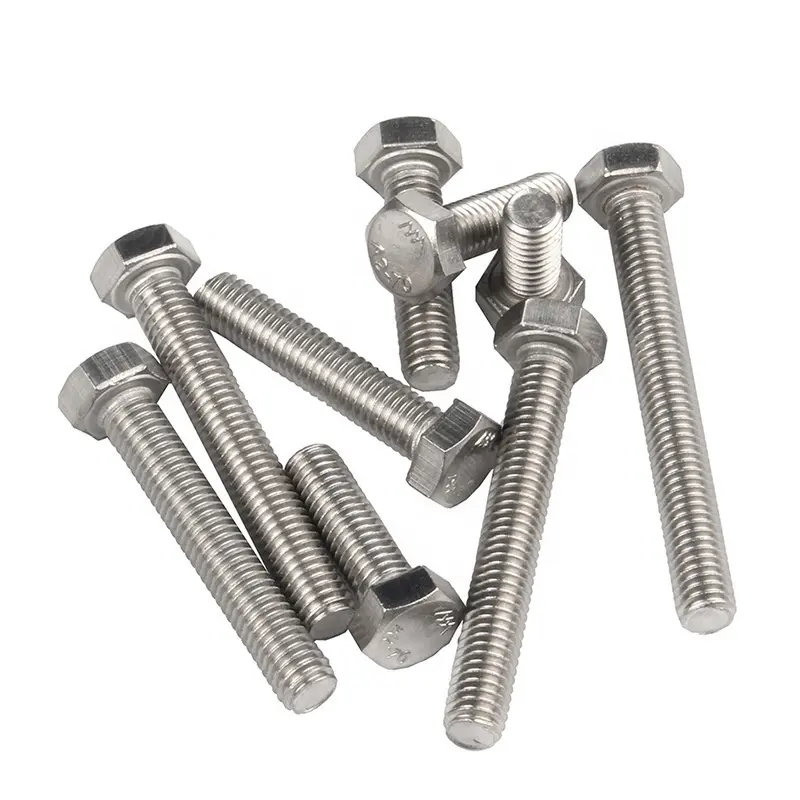

Understanding the Benefits and Uses of M5 Lock Washers for Essential Fastening Solutions
Oct . 31, 2024 20:59 Back to list
Understanding the Benefits and Uses of M5 Lock Washers for Essential Fastening Solutions
Understanding M5 Lock Washers Essential Components for Secure Fastening
In the world of manufacturing and assembly, the importance of reliable fastening cannot be overstated. One of the key components that contribute to this reliability is the lock washer, specifically the M5 lock washer. This small but significant part plays a critical role in ensuring that screws and bolts remain securely fastened, even in the face of vibrations or other forces that could otherwise cause them to loosen over time.
Understanding M5 Lock Washers Essential Components for Secure Fastening
One of the most prevalent varieties is the split lock washer, which features a split section that allows it to exert a significant amount of pressure on the fastening equipment. When the bolt is tightened, the ends of the split washer bite into the surface of the material, creating a locking mechanism that resists loosening. This feature is particularly important in applications subjected to frequent vibration, such as automotive or aerospace components.
m5 lock washer

In addition to their effectiveness, M5 lock washers are made from a variety of materials, including steel, stainless steel, and sometimes even nylon. The choice of material can impact the washer's performance regarding corrosion resistance and strength, making it crucial to select the appropriate type for specific environments. For example, stainless steel lock washers are ideal for outdoor applications that may be exposed to moisture, while carbon steel options may be more suitable for indoor applications where exposure to corrosive elements is minimal.
When integrating M5 lock washers into your assembly processes, it’s essential to consider the overall design of the joint, including the specific requirements for load-bearing capacity and environmental factors. Alongside other fastening components, they enhance the reliability and longevity of the assembly, reducing the need for frequent maintenance.
In conclusion, M5 lock washers are critical components in many mechanical assemblies. Understanding their function and application can lead to more secure and reliable designs, ensuring that structures remain intact even under demanding conditions. Whether in automotive manufacturing or electronic device assembly, the significance of these small parts should not be underestimated.
Latest news
-
High-Strength Hot Dip Galvanized Bolts - Hebei Longze | Corrosion Resistance, Customization
NewsJul.30,2025
-
Hot Dip Galvanized Bolts-Hebei Longze|Corrosion Resistance&High Strength
NewsJul.30,2025
-
High-Strength Hot-Dip Galvanized Bolts-Hebei Longze|Corrosion Resistance&High Strength
NewsJul.30,2025
-
Hot Dip Galvanized Bolts-Hebei Longze|Corrosion Resistance&High Strength
NewsJul.30,2025
-
Hot Dip Galvanized Bolts - Hebei Longze | Corrosion Resistance, High Strength
NewsJul.30,2025
-
High-Strength Hot Dip Galvanized Bolts-Hebei Longze|Corrosion Resistance, Grade 8.8
NewsJul.30,2025

